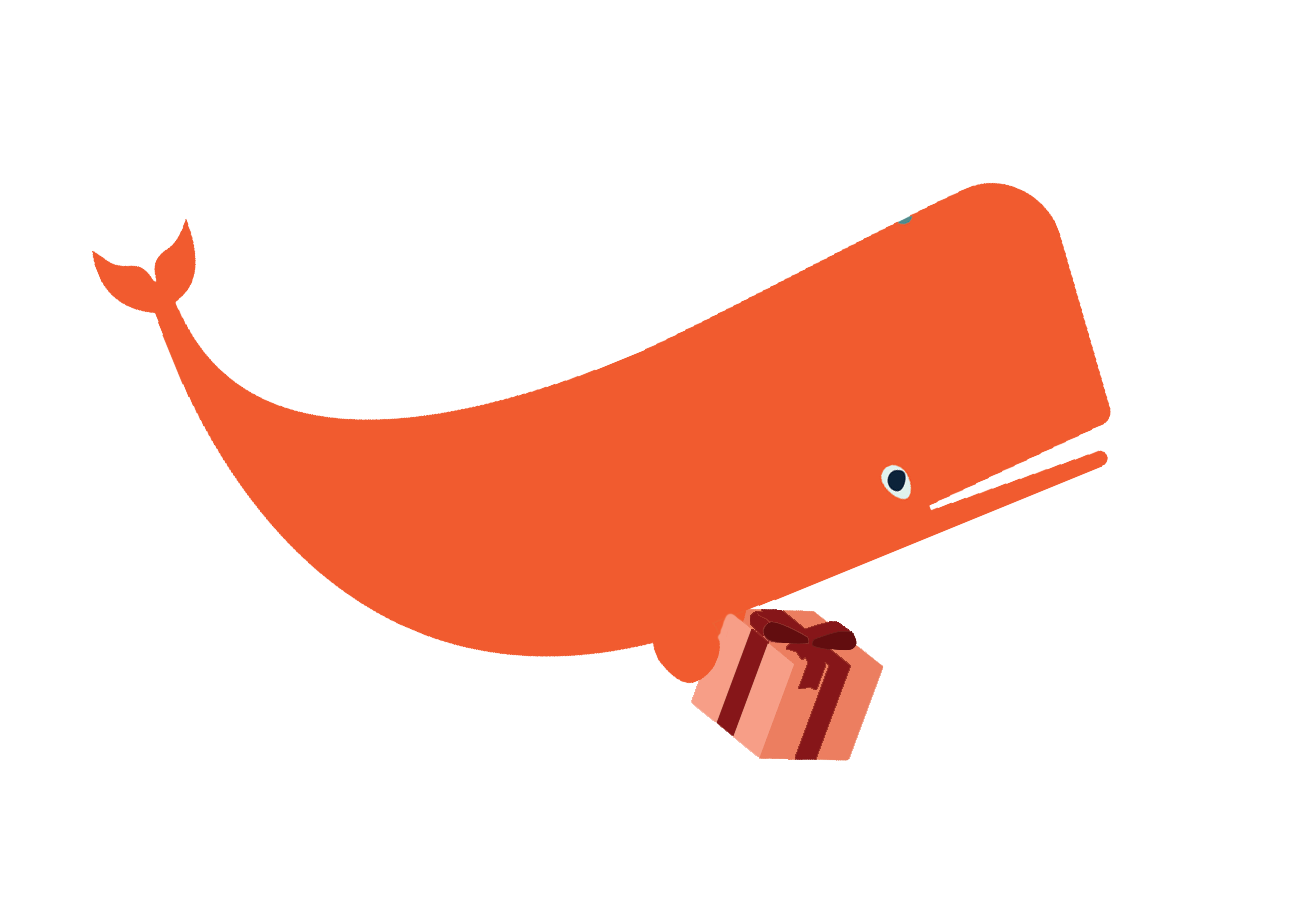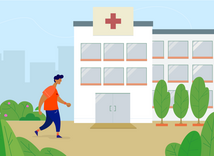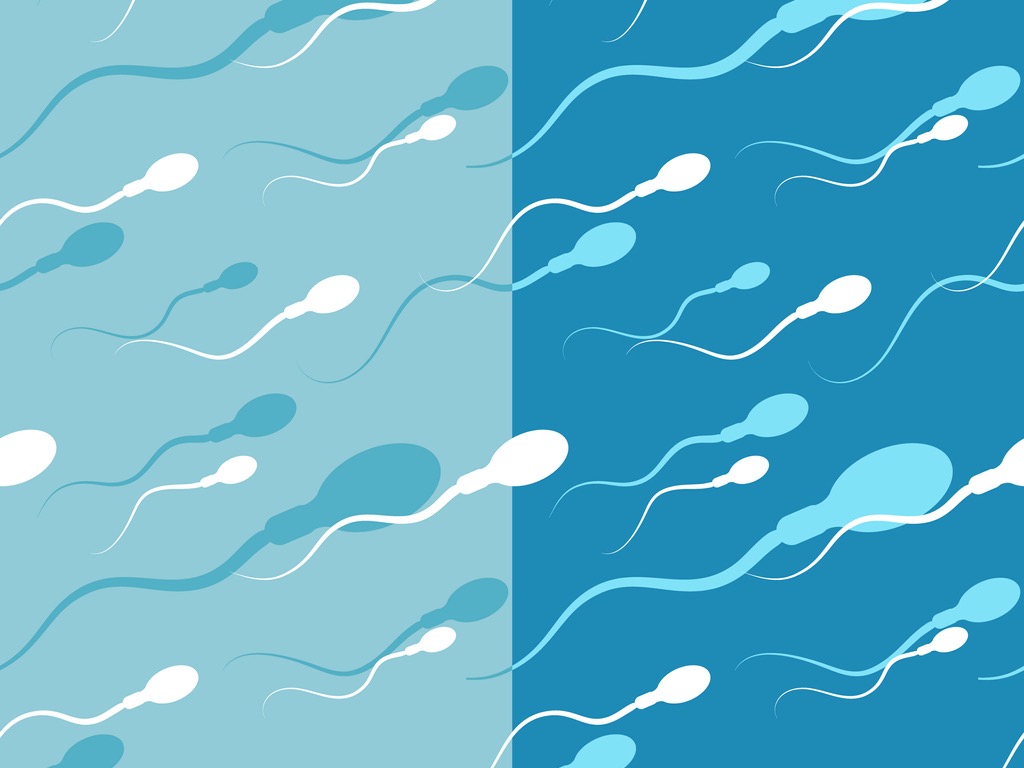Public Domestic Adoption in Canada
- Public Adoption is the process by which children and youth in the child welfare system who are in Extended Society Care are eligible for adoption. An Extended Society Care Order is made by the courts on determination that in the child’s best interests he or she can no longer live with his or her birth parents, and that a better and less restrictive option (such as placing the child with relatives) is not available. Under Extended Society Care, the province accepts all rights and responsibilities for the child. Public adoptions are supported by local Children's Aid Societies (or the provincial/territorial equivalent) across Canada.
- The public adoption process:
- Initial intake meeting: Applicants are usually required to attend an intake meeting. At this meeting, the agency outlines what procedures are to be followed and approximately what the waiting period will be.
- Formal application: Applicants are asked questions that help determine whether they have the capacity to accommodate a child and provide him or her with an environment that meets his or her needs. A medical exam is also required, with the results sent to the agency. A police check may be required, and references must be provided.
- The Home study: A home study is an educational process that allows the adoption agency to assess an applicant's ability to deal with the issues which adoption raises.
- Final Decision: Once completed, a report is written and presented to agency personnel for approval.
- Click here for more information about public adoption in Canada.
- Click here for more information about adoption in Quebec.
Private Domestic Adoption in Canada
- Open adoption is regularly a part of a domestic adoption plan and refers to any situation where the adoptive parents and the birth mother know each other and exchange identifying information. Private domestic adoptions in Canada are open since they usually involve some kind of interaction between a prospective birth mother and adoptive parents. “Private”, in this context, simply means that the adoption is arranged by a non-government agency. Click here to learn more about open adoption.
- The children tend to be newborns or young infants. The private adoption agency or licensee must provide the birthparent(s) with at least three profiles from prospective adoptive parent(s). The birth parent(s) create an adoption plan and select the prospective adoptive applicants based on attributes most important to them, such as openness in adoption, culture, religion, hobbies/interests, and hopes and dreams for their child.
- Click here for more information about private domestic adoption in Canada.
- Click here for more information about adoption by special consent in Quebec.
International Adoption
- The international adoption process is one that recognizes an individual or couple as the legal and permanent parent(s) of a child from another country. An international adoption complies with the laws of both the sending and receiving countries. Prospective adoptive parents must meet the adoption requirements of their province or territory before embarking on an international adoption. The Central Adoption Authority in your province will approve your family for international adoption.
- Some countries have conditions regarding the age, health, marital and socioeconomic status of prospective adoptive parents. Verify the country you are interested in adopting from.
- Click here for more information about international adoption.
Things to keep in mind
If you and your partner have decided to pursue adoption, here are a few things to keep in mind:
- Give yourself time to grieve. If you and your partner have struggled with infertility and have decided to pursue adoption, consider taking some time to grieve. Not being able to have the experience of pregnancy and to give birth to biological children can be very difficult to come to terms with, especially if it is something you always imagined doing. Take some time to heal if you feel it is needed.
- Have patience. Much like fertility treatment, which can take a long time to work for some, it can take a while to be approved for adoption. For example, in public adoption, the whole process from intake to final decision can take the better part of a year. For international adoption, depending on the child’s country of origin, it is not unusual for the process to last for two years or even longer. Click here to learn more about public adoption in Canada or international adoption.
- Cost. Similar to fertility treatment, adoption can be costly depending on the type of adoption chosen. It can range anywhere from no cost for public adoption up to approximately $50,000 for international adoption depending on the country in question, according to the official website of international adoption in Québec.
- You can visit the Canada Revenue Agency website to determine whether you are eligible for any federal adoption-related tax credits.
- Click here for information on provincial and territorial tax and credits in Canada.
- Talking to family and friends about adoption. Others will always have their opinions about how to build a family, and most people have the best of intentions when sharing their thoughts with you. It is possible that you and your partner may receive unsolicited advice from those on the outside looking into your struggles with infertility by saying things like ‘you should just adopt’. People may think that adoption is easy, when in fact, it can be a lengthy and expensive process depending on the circumstances. You can explain to others that adoption is not a substitution when a pregnancy is not achievable but instead, another way to build a family.











